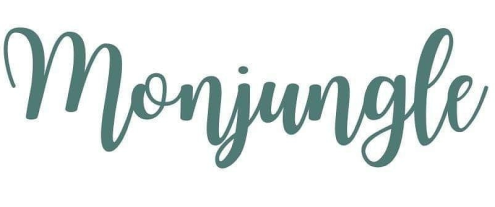Sort by:
Kalós planter 🏛️🌿
Ceramic planter inspired by ancient Greek art, with geometric patterns.
📏 Features
- Material : Glazed terracotta
- Dimensions : 15 cm × 14 cm
- Motifs : Traditional Greek designs
🏡 Decoration
Brings a touch of history and elegance to your interior.
🎁 Gift idea
Perfect for lovers of vintage art and decor.
Nyumba planter 🏠🌿
Ceramic planter with a sleek, modern design, inspired by African architecture.
📏 Features
- Material : Glazed ceramic
- Dimensions : 15 cm (diameter) × 12 cm (height)
- Colors : Terracotta & black
💡 Use
Ideal for small succulents, succulents, or mini green plants. Use an indoor pot with drainage.
🏡 Decoration
Brings an ethnic and contemporary touch to your interior.
Add a festive and warm touch to your plants with this glazed ceramic Christmas reindeer planter . Its adorable and refined design makes it a true decorative object for the holidays, perfect for showcasing your small green plants or succulents.
With its 6 cm diameter , it's ideally suited for mini cacti, succulents, or cuttings. Its glossy finish gives it a unique charm that will appeal to nature and decor enthusiasts.
✨ Features
-
Material : High-quality glazed ceramic
-
Diameter : 6 cm
-
Colour & Design : Festive Christmas Reindeer Pattern
-
Use : Decorative planter for indoor plants
🎄 Why adopt it?
-
Ideal as a gift for plant lovers
-
Perfect as an original Christmas gift idea
-
Add a festive and cozy atmosphere to your interior
-
A decorative accessory that combines practicality and aesthetics
🎁 Give a unique gift
Whether for a loved one who is passionate about gardening or to beautify your own interior, this Reindeer planter is a Christmas gift idea that is sure to bring a smile.
Add a festive and warm touch to your plants with this glazed ceramic Santa Christmas planter . Its adorable and refined design makes it a true decorative object for the holidays, perfect for showcasing your small green plants or succulents.
With its 6 cm diameter , it's ideally suited for mini cacti, succulents, or cuttings. Its glossy finish gives it a unique charm that will appeal to nature and decor enthusiasts.
✨ Features
-
Material : High-quality glazed ceramic
-
Diameter : 6 cm
-
Colour & Design : Festive Christmas Reindeer Pattern
-
Use : Decorative planter for indoor plants
🎄 Why adopt it?
-
Ideal as a gift for plant lovers
-
Perfect as an original Christmas gift idea
-
Add a festive and cozy atmosphere to your interior
-
A decorative accessory that combines practicality and aesthetics
🎁 Give a unique gift
Whether for a loved one who is passionate about gardening or to beautify your own interior, this Santa planter is a Christmas gift idea that is sure to bring a smile.


























































